Description
Caring for your Ti Plant
Ideal for container gardening, patios, or indoor spaces, the Cordyline thrives in well-drained soil and requires moderate light conditions. Its compact size, reaching a height of up to 3-4 feet, makes it incredibly versatile. As a bonus, this resilient plant is relatively pest-resistant and can even tolerate occasional neglect, although it does appreciate regular watering for optimum growth. Whether you place it as a stand-alone specimen or pair it with other tropical plants, ‘Ruby’ is a dynamic addition that effortlessly elevates any space with its exotic flair.
Light
This tropical plant thrives in partial shade to full sun, but it prefers bright, indirect light. Too much direct sunlight may scorch the leaves, whereas insufficient light can lead to dull coloration and poor growth. Therefore, select a spot that receives morning sun and afternoon shade or dappled sunlight throughout the day.
Soil
Cordyline requires well-draining, fertile soil with a pH range of 6.0 to 6.5. You can amend the soil with organic matter, such as compost or well-rotted manure, to improve fertility and drainage. If planting in containers, use a high-quality potting mix that retains moisture but drains excess water effectively.
Watering
Cordyline prefers consistently moist soil but cannot tolerate waterlogged conditions. Overwatering can lead to root rot, while underwatering can cause the leaves to dry out and lose their vibrant colors. Water the plant deeply and thoroughly when the top inch of soil feels dry to the touch. Ensure that the water reaches the root zone and that excess water drains away freely. Container-grown plants may require more frequent watering than those grown in the ground.
Fertilizing
Feeding your Ti Plant with a balanced, slow-release fertilizer will help promote healthy growth and maintain its vibrant foliage. Apply fertilizer in early spring, following the package instructions for the appropriate application rate. You can also supplement with a liquid fertilizer diluted to half-strength every 4-6 weeks during the growing season. Avoid over-fertilizing, as this can lead to leggy growth and burn the plant’s roots.
Pruning
Regular pruning is essential to maintain the shape and size of your Cordyline. Prune in late winter or early spring before new growth emerges. Remove any damaged, diseased, or dead leaves and stems by cutting them back to the base of the plant. You can also trim the tips of the stems to encourage bushier growth. Always use clean, sharp pruning tools to avoid spreading diseases or damaging the plant.

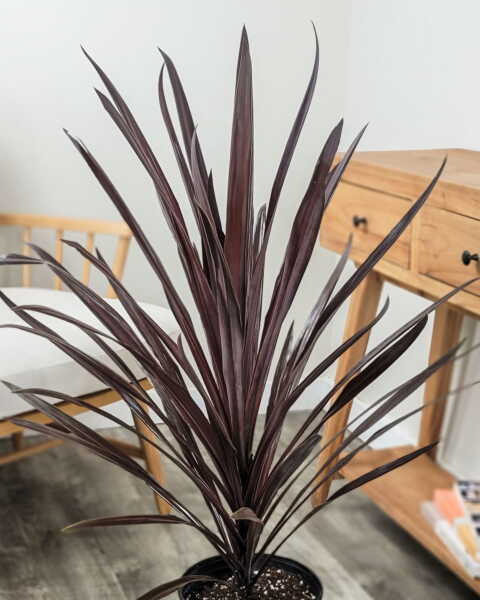
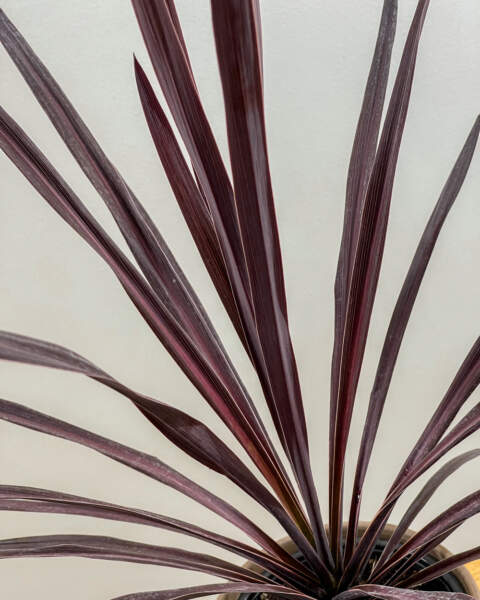

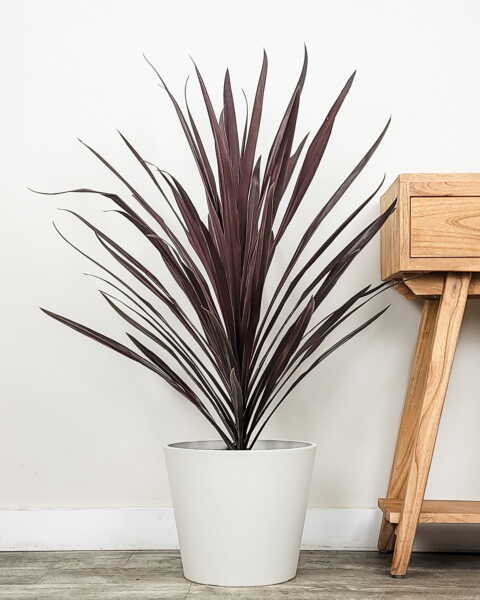
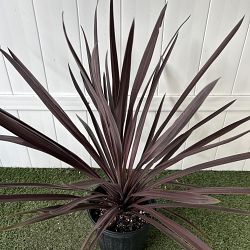
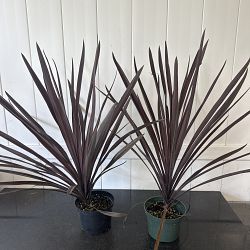




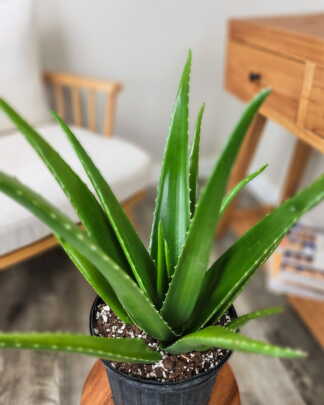
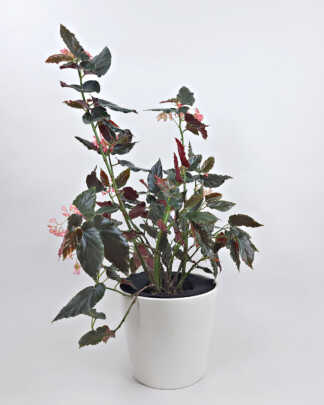
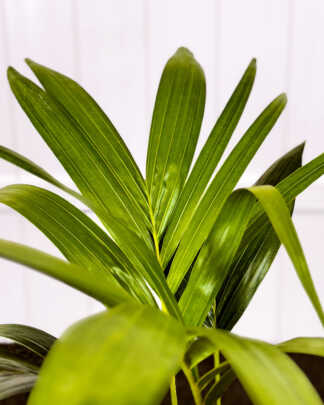

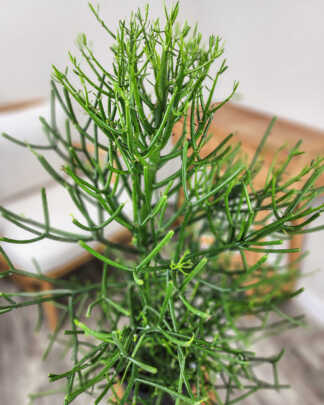


Anonymous (verified owner) –
Well packed
Susan C. (verified owner) –
In general, it looks good but a lot of the leaves arrived splintered.
Barbara Johnson (verified owner) –
Armand J Sadlier (verified owner) –
I was kind of skeptical about plants online. I got one of these today, and the wrapping for shipping is excellent. My plant looked just like this when it came out of the box!
Terry D. (verified owner) –
Suzunne Houk (verified owner) –
Bonnie Heath (verified owner) –
Pat E. (verified owner) –
Looks great. Can’t wait to plant and see it grow. Thank you!
Roberta G. T. (verified owner) –
So far, so good! Healthy and well wrapped and growing well.